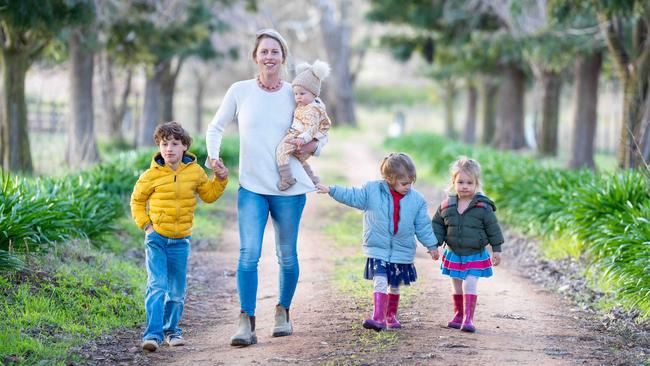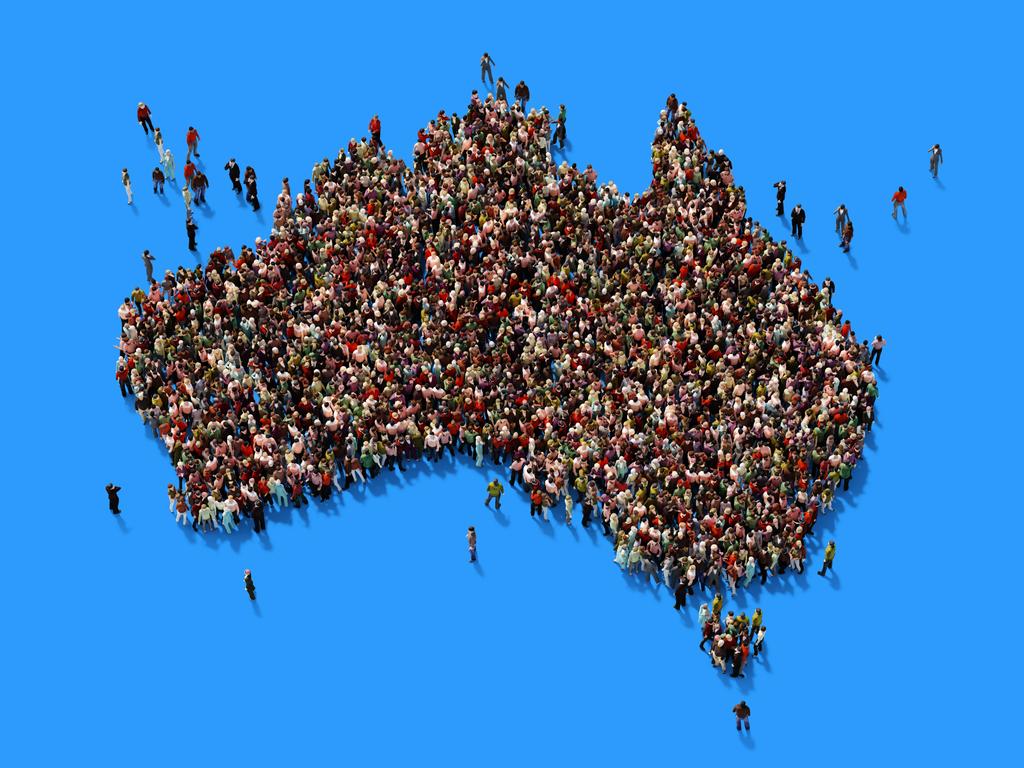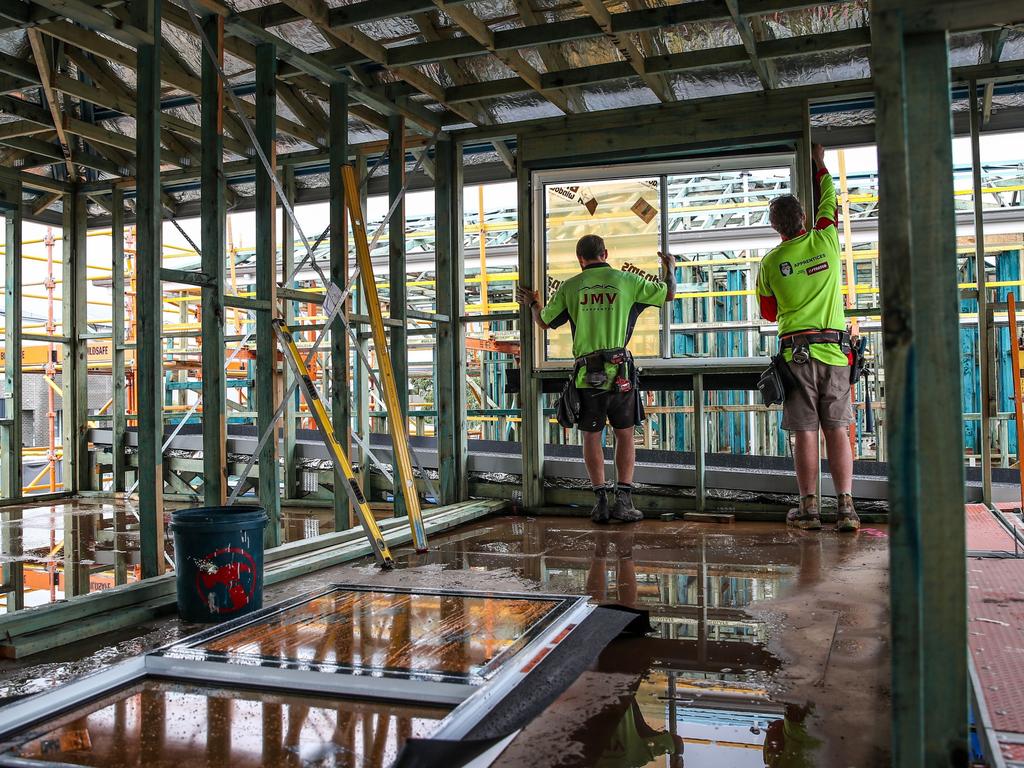
I don’t have a good reason for landing on the number four other than three seemed like someone was missing and at four I realised I had little more to give.
Now the Treasurer’s budget has me confused as to whether I’ve done everyone a favour by having four kids or whether I’m an environmental vandal contributing to rampant overpopulation. On the one hand we have people who are choosing not to have children, or fewer children, because of well-established environmental pressures. Earth Overshoot Day, the day when humanity’s demand for ecological resources surpasses the Earth’s biocapacity in a year, fell on August 2 last year.
The day is calculated by international research organisation Global Footprint Network, which estimated that last year we needed 1.7 Earths to sustain the human population. “We maintain this deficit by liquidating stocks of ecological resources and accumulating waste, primarily carbon dioxide in the atmosphere,” the website reads. According to GFN we have been overshooting since 1970.
On the other hand we have Jim Chalmers calling for Australian women to have more babies. With a fertility rate of only 1.58 births per woman we are running a herd at well below replacement rate, which means fewer hands on deck. At just three or four working adults per retiree, we are already struggling to support the elderly, the very young and the incapacitated. There are also fewer people paying tax and spending in the shops.

In growth economies we are perennially underpopulated. In terms of the environment and infrastructure, we are overpopulated.
It is a rather contrary setting in which we are imploring Australian families to have more babies. The disconnect between economic policy and the limitations of the natural environment, infrastructure and human capital to sustain that policy is quite astounding. As a society, and in the upper echelons of power, we maintain an extraordinary level of cognitive dissonance when it comes to population.
New Zealand physicist Bob Lloyd calls this the “growth delusion”. “This irrational belief is consistent with the evolutionary history of the brain and in particular its modular structure, which can allow two or more contradictory views to be held and believed concurrently,” he argued in the Renewable Energy and Sustainability Journal in 2009.
The complexity and sophistication of the human brain has backfired in that we can now compartmentalise a little too well and block out some of the most pressing issues of humanity in our daily life.
Lloyd explains that acting in the self-interest or the interest of the immediate group has been an evolutionary advantage for most of human history. He concludes that human brains are now somewhat ill-equipped to deal with modern problems that require us to retain a much more global perspective in daily decisions. Endless population growth is quite simply an irrational idea. And we know this, but we have a special psychological ability to ignore it and get on with our day.
It’s this kind of cognitive dissonance that allows people like me to have four babies in quick succession without a clear plan of how we will afford them and not being entirely sure if we are even capable of caring for that many children.
No treasurer wants productivity losses on their watch and so naturally declining populations have been artificially propped up by successive governments through immigration. Slowing birthrates have been mitigated by increasing utilisation of working-age adults. We are working well beyond retirement age and mothers of young children are being pushed back into the workforce sooner and sooner after giving birth.
Increasing utilisation of working-age adults affects quality of life but it is also a mistake to continue falling back on immigration as a Band-Aid solution to worrying population trends. Immigration creates artificially high levels of working-age adults who then grow old here and perpetuate the same problem they were brought in to solve. Infrastructure can usually grow to accommodate the kind of steadier population growth driven by birthrates, but evidently it falters when trying to accommodate the equivalent of a new city of Canberra each year.
Reserve Bank digital currencies researcher Christopher Day says immigration is also one of the laziest ways to increase productivity. “There is little incentive to invest in becoming more efficient when the market is growing anyway,” he explained during his time as an associate business professor at the University of Sydney. “Making growth readily achievable for businesses reduces competitive pressure, thereby limiting the incentive for firms to invest in productivity-enhancing measures such as research and development.”
On the surface it seems the federal Treasurer is attempting to transition to a more sustainable growth model and asking potential parents effectively to “take one for the team”. To cop individual financial penalties to sustain a cycle of overpopulation and economic growth to avoid the collective financial pain of stabilising and declining population levels.
But here’s the catch – increasing the birthrate is also a pathway to stabilising the population and transitioning to a steady-state economy. As counterintuitive as it sounds, boosting domestic birthrates is required at this point to achieve a growth economy or a steady state. Suddenly deciding to have fewer babies or none at all is a terrible way to achieve degrowth or population stability.
Many argue parents are choosing to have fewer kids because they simply can’t manage it all, but this theory doesn’t hold when we look at countries with excellent family support payments and great universal childcare systems.
Norway’s fertility rate has dropped 25 per cent in a decade to 1.5 births per woman. Parents in Norway are presumably less stressed and haven’t spent all their money on daycare, but this actually doesn’t lead to more babies.
Research from the OECD has been able to link only one policy to marginally increased fertility rates – paid parental leave. No other financial incentive or support measure in any OECD country has been shown to affect fertility rates.
If Chalmers wants more families to have more babies, he must make clear the demographic complexities at play. This includes bringing the public with him and explaining why birthrates below the replacement rate of 2.1 are never a good idea and why immigration is an unsustainable way to expand the population.
We also need to accept that an economic and population downturn is inevitable. Just as standards of living increased while the population boomed, standards of living will have to fall as the population contracts and corrects. This is our new normal.








One for mum, one for dad and one for the country. I can honestly say Peter Costello’s 2002 slogan to boost Australia’s population had absolutely nothing to do with our decision to have four kids.